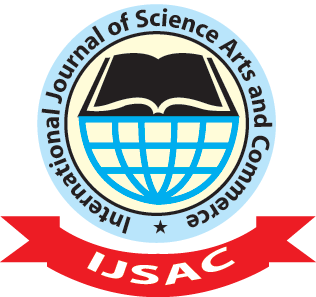Abstract
Monitoring of plant species presence in past recorded sites helps to establish whether there is a shift of the species with respect to elevation gradient; and also assess other potential natural and anthropogenic factors that may be attributed to any possibility of shift or change in the species spatial, temporal and geographic distribution. This study attempted to trace the spatial and geographic distribution of the two related members of the family Cruciferae: Cardamine and Arabidopsis. The variations observed in leaf morphology of the Cruciferae representatives in this study have been associated with local growth and patterning, whereas their siliquae show striking similarity in structure and dispersal mechanisms. Floristic associations of the genus Cardamine and Arabidopsis comprise Salvia nilotica, Geranium arabicum, Artemisia afra, Veronica javanica, Trifolium sp., Hebenstretia angolensis, Galium sp., Oxalis corniculata and Kniphofia thomsonii. From the survey of the favourable growth sites for Cardamine and Arabidopsis, Mt. Elgon and Mt. Kenya (Chogoria Route) provided good conditions for germination, establishment and spatial distribution. Observed anthropogenic impacts to the montane Cruciferae habitats include large wild herbivore grazing, livestock grazing, road construction, and forest fires.
